#biotechnology science
Explore tagged Tumblr posts
Text

Importance of Science Communication ✨
#science communication#scicomm#biotechnology#biotech#science#biology#biochemistry#studyblr#bioinformatics#illustration#graphic design#biotechnology science#commissions#commission art#commission#commisions open#art commisions
1 note
·
View note
Text
Leiden Ph.D. candidate Jo-Anne Verschoor discovered that nearly 20% of the bacterial strains she studied could degrade plastic, though they needed some encouragement to do so. "Bacteria are just like people," says Verschoor. Her research was published in the journal Communications Biology. Some of the world's smallest organisms could play a significant role in solving the problem of plastic pollution. Increasingly, it is being discovered how certain bacteria can break down plastic into small particles, which can then be recycled. Moreover, Verschoor's research reveals that many more bacteria than previously thought can degrade certain types of plastics. The 27-year-old Leiden microbiologist was able to use a large collection of Streptomyces bacteria, which were already available at the university as scientists use them in the search for new antibiotics.
Continue Reading.
436 notes
·
View notes
Text

#artificial cornea#CorNeat KPro#vision restoration#medica linnovation#ophthalmology#Israel#medical breakthrough#corneal implant#healthcare#biotechnology#medical science
87 notes
·
View notes
Text
I hate that in the popular vision of biopunk, "biological machines" and biotech look like gross body horror nonsensical pieces of crap with no rhyme or reason

(bioforges from Orion's Arm)
When the most efficient "biomachines" we know, able to turn mere air water and sunlight into all sorts of useful products, look like this:
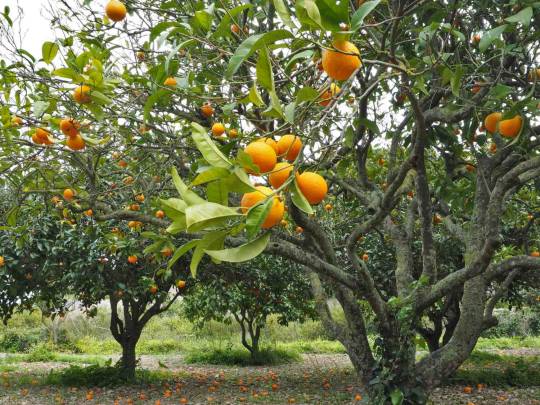
#cosas mias#biopunk#science fiction#I hate that biopunk in the general science fiction conscioness is all about gross body horror#and not the potential of biotechnology to change our daily lives#worldbuilding#body horror tw
331 notes
·
View notes
Photo

"Ghost Heart" - The Art of Decellularization
48 notes
·
View notes
Text
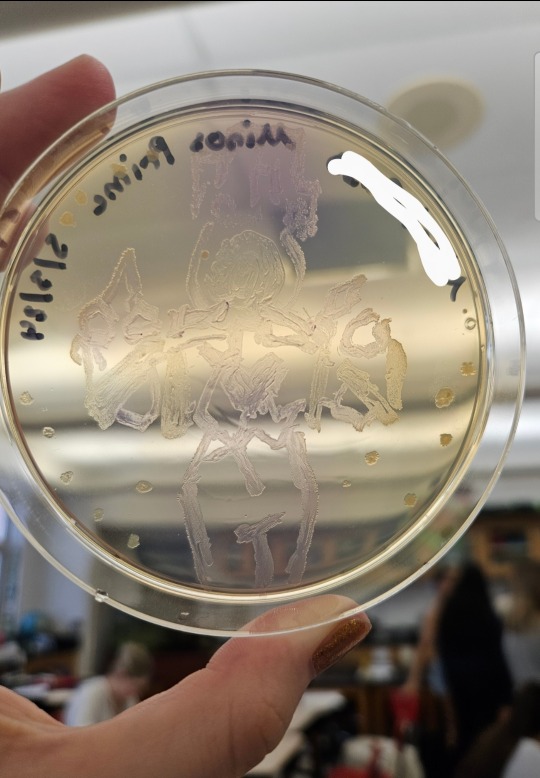
made minos prime out of gmo e. coli
#ultrakill#minos prime#ultrakill minos#biotechnology#bioengineering#i was gifted with the science autism#and i use it for fanart
118 notes
·
View notes
Text
After 4 years of work, I've finally published my very first peer-reviewed theory paper: Design rules for controlling active topological defects
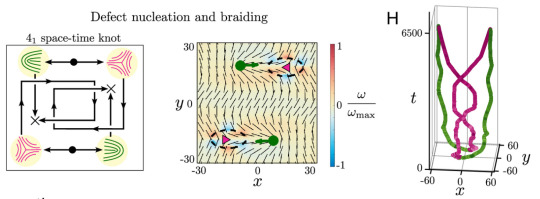
(and it's open access! :D)
I am sooo excited to finally be able to share this! I'll probably write some more in the future about what it was like to work on this project, but for now here's what I want to say about it:
I think this work is a beautiful example of how the long, meandering paths of curiosity-driven research can bring us in completely unexpected directions, yielding new ideas and technologies that might never have been found by problem- or profit-driven research.
We started this project because we were interested in the fundamental physics of active topological defects; we wanted to understand and develop a theory to explain their effective properties, interactions, and collective behaviors when they're hosted by a material whose activity is not constant throughout space and time.
Along the way, we accidentally stumbled into a completely new technique for controlling the flow of active 2D nematic fluids, by using symmetry principles to design activity patterns that can induce self-propulsion or rotation of defect cores. This ended up being such a big deal that we made it the focus of the paper, for a few reasons:
Topological defects represent a natural way to have discrete information in a continuous medium, so if we wanted to make a soft material capable of doing logical operations like a computer, controlling active defects might be a really good way of putting that together.
There have also been a number of biological systems that have been shown to have the symmetries of active nematics, with experiments showing that topological defects might play important roles in biological processes, like morphogenesis or cell extrusion in epithelia. If we could control these defects, we'd have unprecedented control over the biological processes themselves.
Right now the technique has only been demonstrated in simulations, but there are a number of experimental groups who are working on the kinds of materials that we might be able to try this in, so hopefully I'll get to see experimental verification someday soon!
#physics#soft matter#materials science#science#academia#mathematics#topology#biology#biotechnology#tech#publishing#196
75 notes
·
View notes
Text

Proteomics
“TECAN Genesis 2000 robot preparing Ciphergen SELDI-TOF protein chips for proteomic pattern analysis. Highly accurate cancer prognosis can be accomplished by identifying protein patterns of specific cancers using this device.” - via Wikimedia Commons
#tecan genesis 2000#seldi-tof#proteomics#science#biotechnology#proteins#biology#biochemistry#biochemical assay#cancer biology#cancer diagnostics#diagnostics#prognostics#medicine#oncology#medblr#wikipedia#wikipedia pictures#wikimedia commons#stemblr#sciencecore#laboratory aesthetic#science aesthetic#lab aesthetic#laboratory automation#automation#machinery#laboratory equipment#laboratory#laboratory science
21 notes
·
View notes
Text
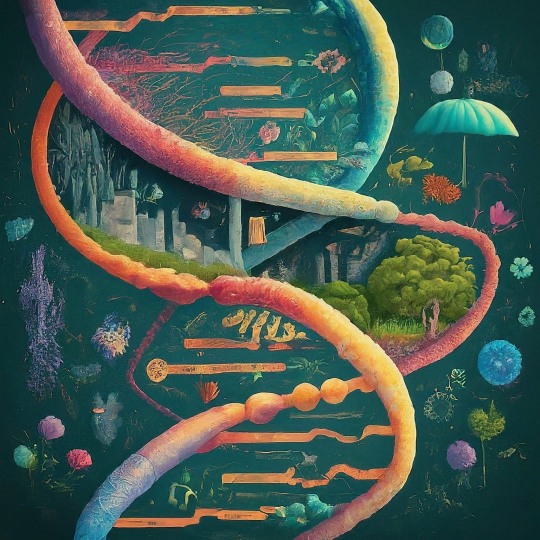
Epigenetics: A Journey Through Inheritance Beyond Genes
For centuries, scientists have been fascinated by the mysteries of heredity and how traits are passed down from generation to generation. DNA, the molecule that stores our genetic code, was once thought to be the sole determinant of our characteristics. However, a new frontier in biology, revealing a captivating layer of complexity beyond the DNA sequence itself: Epigenetics.
What is Epigenetics?
The term "epigenetics" was first coined in the 1940s by British biologist Conrad Waddington, but it wasn't until the late 20th century that its significance truly blossomed. Epigenetics, literally meaning "above genetics," refers to the study of heritable changes in gene expression that occur without alterations to the DNA sequence itself. Imagine DNA as the musical score, but epigenetics are the conductor and musicians who determine how the music is played. Through chemical modifications and adjustments to the proteins around DNA, epigenetics dictates which genes are turned on or off, influencing how cells function and ultimately shaping our health, development, and even behavior. Think of your DNA as the hardware: it contains the basic instructions for building and running your body. But epigenetics acts like the software, fine-tuning those instructions and determining which genes get turned on or off at specific times and in specific cells. These modifications, like chemical tags or changes in the packaging of DNA, don't alter the underlying code itself, but they can have a profound impact on how it's read and interpreted.
The Key Players:
DNA methylation: This process involves adding a methyl group to DNA, essentially silencing the gene it's attached to. Imagine it like putting a dimmer switch on a light bulb.
Histone modifications: Histones are proteins that package DNA, and changes in their structure can make genes more or less accessible to the cellular machinery needed for expression. Think of it like adjusting the curtains around a window - open wide for full light, slightly closed for filtered light.
Non-coding RNAs: These are molecules that don't code for proteins but can regulate gene expression in various ways. They're like the backstage crew in a play, ensuring everything runs smoothly.
The Power of Epigenetic Regulation
Epigenetic regulation plays a crucial role in various biological processes, including:
Development: During embryonic development, different cell types emerge from the same DNA blueprint by activating or silencing specific gene sets through epigenetic modifications.
Cellular differentiation: Specialized cells like muscle or nerve cells have unique functions due to differences in their active genes, controlled by epigenetic mechanisms.
Learning and memory: Epigenetic changes in brain cells are thought to be essential for learning and forming memories.
Aging: As we age, our epigenome accumulates changes that can contribute to age-related decline and disease.
Environmental influences: Diet, exercise, stress, and exposure to toxins can leave epigenetic marks on our genes, potentially impacting our health and even the health of future generations.
Epigenetics reminds us that we are not simply products of our genes. Our environment, choices, and experiences leave their mark, shaping who we are and potentially influencing our children's health. This deeper understanding of ourselves opens doors for self-awareness, empowerment, and potentially reshaping our narratives – not just as individuals, but as a species with the potential to leave a healthier legacy for generations to come.
#life science#biology#science sculpt#molecular biology#biotechnology#epigenetics#daily dose of science#dna#genetic inheritance#genetics#decoding dna#genetic code#science#double helix
124 notes
·
View notes
Text





My evvvilll laboratory 🥼🧪🧫🧬👩🏻🔬
#science#mad scientist#albert einstein#stem academia#photographers on tumblr#blogging#kawaii#aesthetic#women in stem#stemblr#stem#biology#chemistry#my chemical romance#biotechnology#biotech and pharmaceuticals#dark academia#light academia#my hero academia#classic academia#romantic academia#school#studyblr#study motivation#studyspo#tumblr#photoshoot#photography#fashion#summer
40 notes
·
View notes
Text
Calling all science students and enthusiasts!!
I would absolutely love to have a science-revolving passion project and I’ve narrowed it down to a blog/blog-type-website. I love learning about science but so rarely take the time to actually research the things that interest me. With being a high school student, exams and life this is quite a big task to handle for 1 person and I’d love others to contribute to this!
This is by no means a set plan yet, I’m just sharing a rough idea, so if you could please interact with this post or dm me if you would be interested in something of this kind. Even if you see this 5 months after this was posted (and hopefully a working project or at least WIP) still reach out if you’re interested.
You don’t have to be a great writer for this either nor fascinated about each and every science. My favourite is chemistry, but it would be nice if this project could incorporate the 3 main branches of science: biology, chemistry and physics. It depends on if people would be interested in reading something like this or participating in, and their preferred subjects. You could write about astronomy as a whole, or go into chemistry and analysing electronic configuration, talking about your favourite dinosaur bones in palaeontology, a passive behaviour analysis in psychology, or explaining how exactly scabs work in biology. These would probably be short to mid-length entries and 1/2 times a month.
But this is just my idea and how far I’ve gone with it, feedback is appreciated, there will be more updates to come (not too many until afer my exams in May tho), and I appreciate any reblogs to share this idea with others!
Hopefully a couple people would like to help out in this project and please ask questions if you have any (as a dm or ask) ^^
#studyblr#uni student#university#student#a levels#science#passion project#group project#chemistry#biology#physics#medicine#astronomy#psychology#Sociology#palaeontology#botany#microbiology#toxicology#biotechnology#geology#meteorology#earth science#biochemistry#dark academia#light academia#community project#scienceblr#science blog#the sci journal
118 notes
·
View notes
Text
Summary of the 7 Habits of Highly Effective People by Stephen Covey. This book has had a profound impact on my life, and I hope it can help you too.
The 7 Habits are:🧵
Habit 1: Be Proactive
Don't be reactive to circumstances. Take responsibility for your life and the choices you make.
Focus on the things you can control, and let go of the things you can't.
Be proactive in your relationships and interactions with others.
Habit 2: Begin with the End in Mind
Have a clear vision for your life and what you want to achieve.
Break down your vision into smaller goals and steps.
Live each day in alignment with your vision.
Habit 3: Put First Things First
Distinguish between what is urgent and what is important.
Focus your time and energy on the things that are most important.
Learn to say no to things that are not a priority.
Habit 4: Think Win-Win
Look for ways to create mutually beneficial outcomes in your relationships and interactions.
Be willing to compromise and give and take.
Focus on the interests of others, not just your own.
Habit 5: Seek First to Understand, Then to Be Understood
Listen with the intent to understand, not just to reply.
Put yourself in the other person's shoes.
Be open to learning from others.
Habit 6: Synergize
Work together with others to create something greater than what you could achieve alone.
Appreciate the unique contributions of others.
Be open to new ideas and perspectives.
Habit 7: Sharpen the Saw
Take care of yourself physically, mentally, and emotionally.
Invest in your personal growth and development.
Be a lifelong learner.
I hope you found it helpful and inspiring.
Follow @everythingaboutbiotech for more inspiring stuff.
Remember, the 7 Habits are not a magic bullet. They take time and effort to implement, but they can be incredibly powerful tools for personal and professional growth.
#self help#self esteem#note to self#self improvement#self care#self love#self worth#get motivated#motivational#motivating quotes#science#biotechnology#bioinformatics#research
237 notes
·
View notes
Text
A research group has developed an innovative method for the biofortification of leaves and other green plant tissues, increasing their content of healthy substances such as beta-carotene, the main precursor of vitamin A in the human diet. The work demonstrates that by using biotechnological techniques and treatments with high light intensity, the levels of beta-carotene in leaves can be multiplied up to 30 times by creating new places to store it without affecting vital processes such as photosynthesis. The results are published in the Plant Journal.
Continue Reading.
180 notes
·
View notes
Text

69 notes
·
View notes
Text
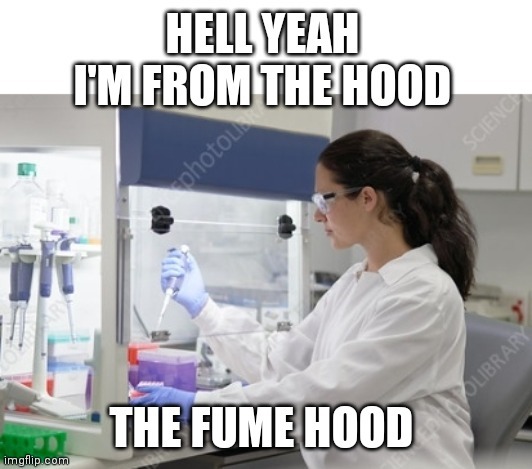
#memecular biology#science side of tumblr#science stuff#lab life#fume hood#bio lab#scientist#science memes#lab meme#lab memes#science meme#haley meming#meming from the lab#biologist#molecular biology#bio memes#biotech#biology#biotechnology#mol bio#biochem humor#bio humor#memes#nerd culture#nerdy jokes#nerdiness#nerdy#nerd memes#nerd meme#nerd humor
317 notes
·
View notes
Link
Microscopy has revolutionized our understanding of the world, allowing us to peer into the intricate details of cells, tissues, and even viruses. However, obtaining precise measurements in these minute worlds is quite difficult. Just like fog can make distant objects look different from reality, so does the light treatment of samples in microscopes, which makes them compressed or elongated along the depth axis especially. For decades now, this problem, known as refractive index mismatch (RIM), has troubled researchers.
Recently, there was a breakthrough at Delft University of Technology. In their work published in Optica journal, they present an innovative approach that could be used to determine depth-dependent re-scaling factors, which are very important in correcting distortions caused by RIM. This blog post delves into the complexities of RIM, explores existing approaches to deal with it, and explains how this new method is changing the world of microscopy.
Continue Reading
45 notes
·
View notes